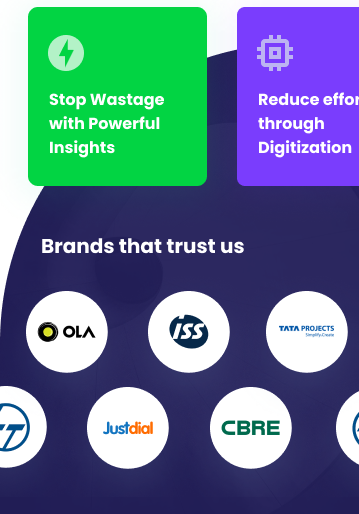The evolution of building management has been significantly influenced by cloud-native technologies, leading to more efficient, scalable, and intelligent systems. Cloud-native Building Management Systems (BMS) are transforming how facilities are monitored and controlled, offering numerous advantages over traditional setups. Here are the top five benefits of adopting cloud-native BMS:
1. Enhanced Scalability and Flexibility
Cloud-native BMS platforms are designed to scale effortlessly, accommodating the needs of various building sizes and complexities. This flexibility allows for seamless integration of new devices and systems without substantial infrastructure changes.
Data Insight: The smart building market is projected to reach $79.16 billion by 2028, growing at a 19.9% compound annual growth rate (CAGR), highlighting the increasing adoption of scalable building management solutions.
2. Real-Time Monitoring and Remote Access
With cloud-native BMS, facility managers can monitor and control building operations in real-time from any location. This capability ensures prompt responses to issues, optimizing performance and reducing downtime.
Data Insight: Wireless BMS solutions have led to up to 30% reductions in installation costs due to the elimination of traditional wiring, making remote monitoring more accessible.
3. Cost Efficiency and Reduced Maintenance
By leveraging cloud infrastructure, organizations can minimize upfront hardware investments and reduce ongoing maintenance expenses. Automatic updates and remote diagnostics further decrease operational costs.
Data Insight: Cloud-based BMS solutions often have lower upfront costs compared to conventional systems, as there is no need for extensive on-premises hardware investments.
4. Advanced Data Analytics and Insights
Cloud-native BMS platforms utilize advanced analytics to provide actionable insights into building performance, energy consumption, and system health. These insights enable data-driven decision-making and proactive maintenance strategies.
Data Insight: An automated building management system with intelligent data analytics helps focus on the big picture, providing straightforward, actionable results instead of exhaustive lists of alarms and metadata.
5. Improved Sustainability and Energy Efficiency
Optimizing building operations through cloud-native BMS leads to reduced energy consumption and a smaller carbon footprint. Real-time monitoring and predictive maintenance contribute to more sustainable and environmentally friendly building management.
Data Insight: Global building energy consumption accounts for almost 40% of total energy use, with 30% attributed to operational energy. Implementing cloud-native BMS can significantly reduce this consumption.
Embracing cloud-native Building Management Systems offers substantial benefits, including scalability, real-time monitoring, cost savings, advanced analytics, and enhanced sustainability. As the demand for smarter, more efficient buildings grows, cloud-native BMS stands out as a pivotal solution in modern facility management.














